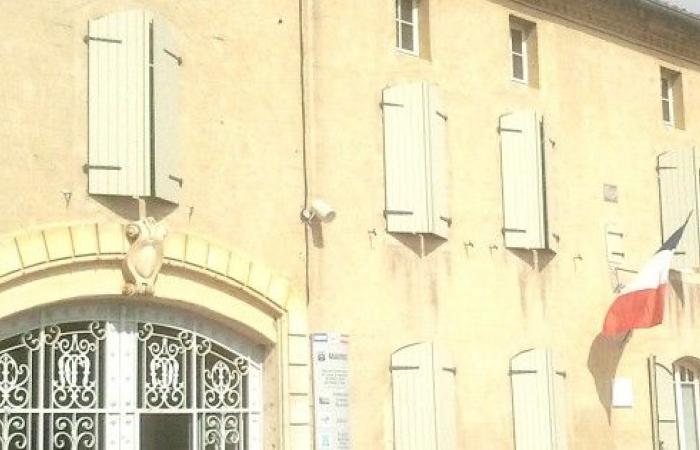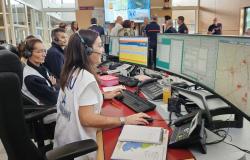The traveling exhibition on the Local Intercommunal Urban Planning Plan (PLUi) of Val de Gers is currently visible at the Seissan town hall. It is of capital importance to residents. This type of document, developed at the intermunicipal scale, defines the broad outlines of territorial planning over several years, and frames the town planning rules which must respect the municipalities. The objective of this exhibition is to inform, raise awareness and invite citizens to participate in the process, which will shape the future of their living environment.
The PLUi is much more than a simple administrative document. It is a strategic planning tool which reflects regional planning ambitions in terms of housing, infrastructure, economic development, environmental preservation and heritage.
It is established on the scale of an intercommunity (here the Val de Gers), which makes it possible to coordinate urban planning policies between the different municipalities. The development of the PLUi is based on several stages, and the exhibition presents the first three in detail: the procedure, findings of diagnosticetÉtat Initial Environment.
The first part of the exhibition addresses the process of developing the PLUi, a long and structured process which involves numerous phases of consultation with residents, elected officials and local stakeholders. This document must take into account various issues: local, national and European policies, as well as specific
The exhibition explains the different stages:
- Diagnostic: a study
- Debate on the Sustainable Planning and Development Project (PADD):
- Public inquiry:
- Final approval : after consultation and adjustments, the PLUi is validated and implemented.
The second part of the exhibition highlights the results of diagnostic territoriala fundamental step in the development of the PLUi. This diagnosis provides a complete inventory of the strengths, weaknesses, opportunities and threats (often summarized using the SWOT method) of Val de Gers.
The diagnosis concerns in particular:
Demography : analysis of the local population, its evolution, migratory trends and housing needs.
Local economy : identification of economic centers, analysis of developing sectors (agriculture, crafts, tourism) and infrastructure needs.
Infrastructure and equipment : state of transport networks, sanitation, public services and collective facilities.
Heritage and landscape : inventory of areas to be protected, architectural, cultural and natural heritage.
This diagnosis is crucial for identifying local issues and guiding public policies with a view to equity and sustainable development. It also makes it possible to identify the priorities of the PLUi and to adjust the development choices according to the realities on the ground.
The third aspect presented in the exhibition is the Initial State of the Environment (EIA), which has an impact on the consequences of the development on natural environments and local resources. In a context of climate crisis, EIA is of increasing importance to guarantee that urban planning projects respect environmental issues while imposing the ecological impact of developments.
The EIE is particularly interested in:
Biodiversity : protection of ecosystems and local species, particularly in agricultural, forestry and humid areas.
Water resources : management of watercourses, groundwater and fight against water pollution.
Air and soil quality : monitoring of pollution, agricultural and industrial activities, as well as environmentally friendly practices.
Natural and technological risks : analysis of risk areas (floods, landslides, etc.) and prevention measures to be put in place.
This part of the exhibition shows residents the importance of integrating ecological issues into development projects. It highlights efforts to reconcile urban development and respect for nature, favoring sustainable solutions.
Citizen Awareness and Involvement
One of the objectives of this exhibition is to encourage citizen participation. Residents of Val de Gers are invited to consult the documents, ask questions and give their opinions. It is an opportunity to take part in the future of their territory, because the decisions made today will shape their living environment for years to come. This exhibition also makes it possible to democratize access to information concerning town planning, a field sometimes perceived as technical and complex, by making it more accessible.
Citizens thus have the opportunity to better understand how the territory will be developed, what issues their municipalities must face, and how they can influence decisions through public inquiries and consultation meetings.






